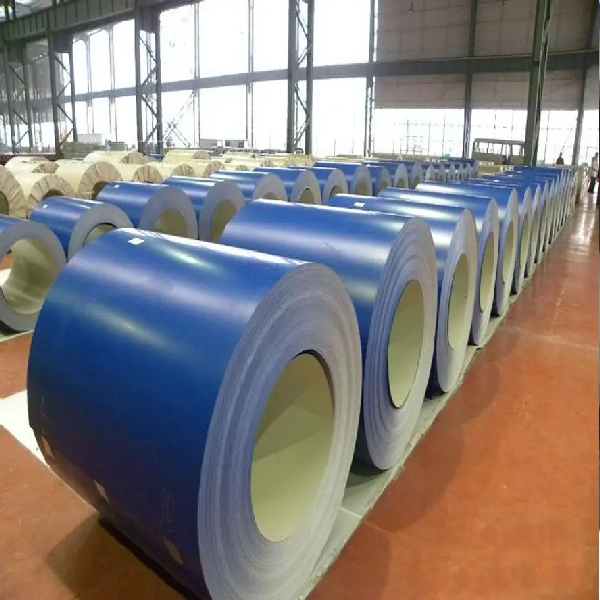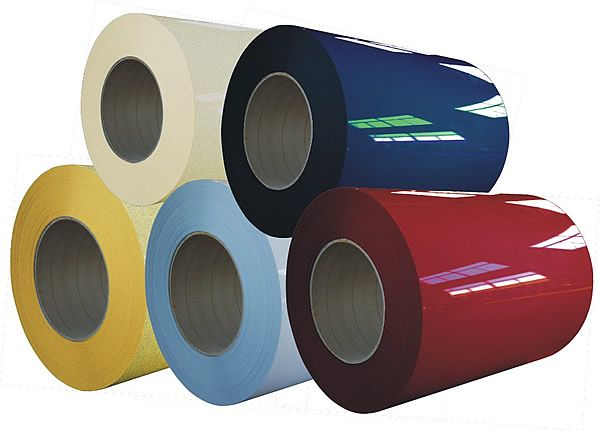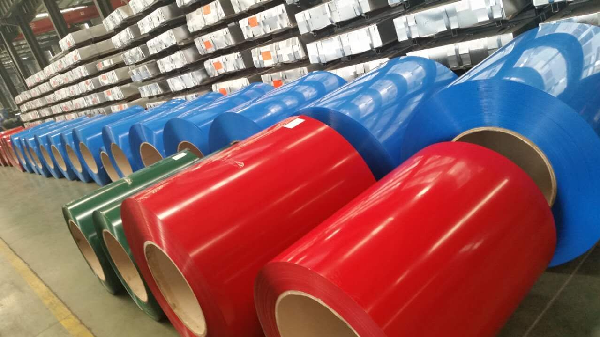Color coated board is a green and environmentally friendly building material. How to choose it correctly, use it reasonably, and improve its service life is the most concerned issue for owners and engineering builders. Baosteel, as a full process steel plant, has rich experience in the production and use of color coated plates. The “Scientific Material Selection” module provides a brief recommendation and introduction for users on the selection and use of color coated plates.
The correct selection of color coated panels should consider the natural environment, usage environment, design life, and structural characteristics of the building, in order to choose the steel type, specification, coating, and coating that match it. Architects, engineering owners, and processors consider the safety performance (impact resistance, seismic resistance, fire resistance, wind pressure resistance, snow resistance), residential performance (waterproof, sound insulation, insulation), durability (pollution resistance, durability, appearance retention), and economy (low cost, easy processing, easy maintenance, and easy replacement) of buildings. For suppliers of color coated steel plates, these properties should be converted into color coated steel plate properties by steel mills and guaranteed. The performance requirements of color coated steel plates mainly include the mechanical properties of the material (tensile strength, yield strength, elongation), coating performance (coating type, coating thickness, and coating adhesion), and coating performance (coating type, color, gloss, durability, processability, etc.). Among them, wind resistance, impact resistance, snow resistance, earthquake resistance, etc. are all related to the mechanical properties of materials, and of course, they are also related to the waveform, thickness, span, and spacing of colored profiled steel plates. If appropriate colored coated steel plates are selected and combined with appropriate profiled steel plate design, it can not only meet the safety factor of buildings but also reduce engineering costs. The durability, processing performance, and appearance retention of materials are largely determined by the durability of coatings and coatings.
Coating variety
At present, the types of coatings used for color coated steel plates include polyester coating (PE), fluorocarbon coating (PVDF), silicon modified coating (SMP), high weather resistance coating (HDP), acrylic acid coating, polyurethane coating (PU), plastic sol coating (PVC), etc.
Ordinary polyester (PE, Polyester)
PE coating has good adhesion to materials, and color coated steel plates are easy to process and form, cost-effective, and have a wide range of products. There is a wide range of options for color and gloss. Under direct exposure to general environments, its anti-corrosion life can reach up to 7-8 years. However, in industrial environments or heavily polluted areas, its service life will be relatively reduced. However, polyester coatings are not ideal for UV resistance and film powdering resistance. Therefore, the use of PE coatings still needs to be limited, and they are generally used in areas with less severe air pollution or products that require multiple molding and processing.
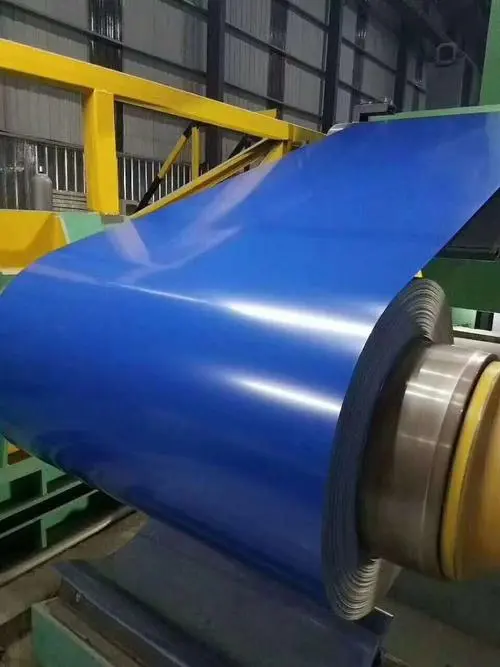
Silicone Modified Polyester (SMP)
Due to the presence of reactive groups – OH/- COOH in polyester, it is easy to react with other polymers and substances. In order to improve the sunlight resistance and pulverization of PE, silicone resin with excellent color retention and heat resistance is used for denaturation reaction. The denaturation ratio with PE can be between 5% and 50%. SMP provides better durability for steel plates, with a corrosion resistance life of up to 10-12 years. Of course, its price is also higher than that of PE, However, due to the unsatisfactory adhesion and processing formability of Silicone resin to materials, SMP color coated steel plates are not suitable for situations that require multiple molding processes, and are mostly used for building roofs and exterior walls.
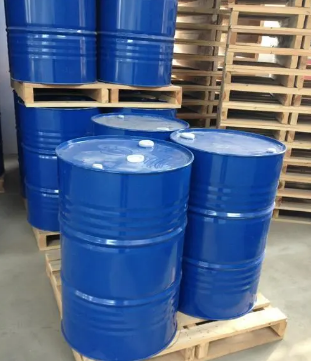
High weather resistant polyester (HDP, High durable polyester)
Regarding the shortcomings of PE and SMP, British company HYDRA (now acquired by BASF) and Swedish company BECKER developed HDP polyester coatings in early 2000 that can achieve 60-80% weather resistance to PVDF coatings, and are superior to ordinary silicon modified polyester coatings. Their outdoor weather resistance reaches 15 years. High weather resistant polyester resin is synthesized using monomers containing cyclohexane structure to achieve a balance between flexibility, weather resistance, and cost. Aromatic free polyols and acids are used to reduce the absorption of UV light by the resin, achieving the high weather resistance of the coating. The addition of ultraviolet absorbers and steric hindrance amines (HALS) in the coating formula improves the weather resistance of the paint film. High weather resistant polyester coil coating has been recognized by the market abroad, and its cost-effectiveness is very outstanding.
PVC Plastisol
PVC resin has good water resistance and chemical resistance, and is generally coated with high solid content, with a coating thickness of 100-300 μ Between m, it can provide smooth PVC coating or light embossing treatment as embossing coating; Due to the fact that PVC coating is a thermoplastic resin with high film thickness, it can provide good protection for steel plates. But PVC has weak heat resistance. In the early days, it was widely used in Europe, but due to its relatively poor environmental properties, it is currently being used less and less.
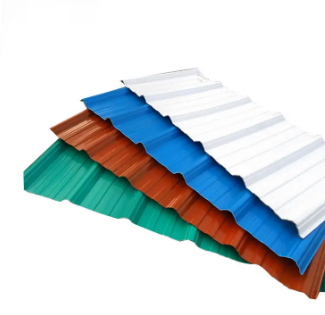
PVDF fluorocarbon
Due to the strong bonding energy between the chemical bonds of PVDF, the coating has excellent corrosion resistance and color retention. It is the most advanced product in the construction industry’s color coated steel plate coating, with a large molecular weight and a straight bond structure. Therefore, in addition to chemical resistance, mechanical properties, UV resistance, and heat resistance are also important
For the selection of primer, there are two most important factors. One is to consider the adhesion between the primer and topcoat, as well as the substrate. The other is that the primer provides most of the corrosion resistance of the coating. From this perspective, epoxy resin is the best choice. If considering flexibility and UV resistance, polyurethane primer can also be chosen.
For the back coating, the most correct choice is to choose a two layer structure, namely one layer of back primer and one layer of back topcoat, if the color coated steel plate is in a single board state. The primer and front are of the same variety, and the top coat should be a light colored (such as white) polyester. If the color coated steel plate is in a composite or sandwich state, it is sufficient to apply a layer of epoxy resin with excellent adhesion and corrosion resistance on the back.
At present, there are many functional color coated steel plates, such as antibacterial color coating, anti-static color coating, thermal insulation color coating, self-cleaning color coating, etc. The development of these products is aimed at meeting the special needs of users, but sometimes it is not possible to balance the other performance of color coated products. Therefore, when users choose functional color coated steel plates, they must be clear about their true needs.
Post time: Sep-18-2023


